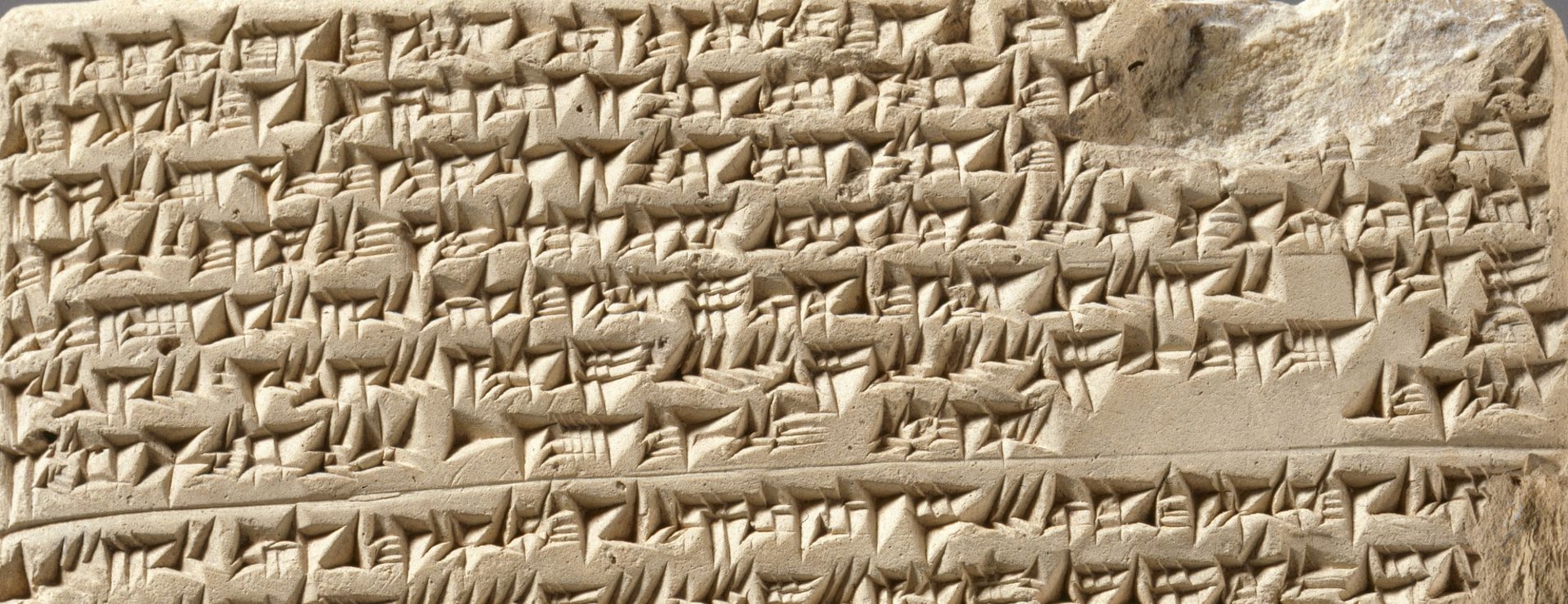
- Home
- The Esagil tablet
- What it tells us
In the 6 century BCE, Babylon was home to the most famous ziggurat in the Near East - the Etemenanki. Although the great temple no longer exists, its foundations have survived.
The Esagil tablet is a document of great scientific importance, since it contains the number and height of each floor of the ziggurat, the layout of the temple at its summit, and the dimensions of part of the Esagil sanctuary next to it. Both buildings were dedicated to the cult of the god Marduk, king of the Babylonian pantheon since the second half of the 2nd millennium BCE.
Exercises for a scribe
The text contains a series of mathematical exercises. The scribe addresses the reader who wishes to practise calculating surface measurements and learn the different systems of units for length, surface and volume.
"May the initiated instruct the initiated! The uninitiated shall not see (this)," writes the scribe. To make sure the reader understands, he uses two measurement unit systems. The first is based on the "small standard cubit" of the neo-Babylonian period. The second, older unit, uses the "large standard cubit" from the Kassite period, as a reference. This suggests the text is an exercise to learn how to calculate in these different unit systems and to convert numbers from one unit system of measurement to another.
The tablet gives the dimensions of the base of the ziggurat, the temple at the top, and each of the seven floors of the tower. Due to the nature of the text, there is a debate as to whether these measures are real or theoretical. The dimensions of the building leave nothing to chance and are often in multiples of three and five. The area at the base of the ziggurat, as calculated in the Esagil tablet, matches the foundations uncovered by archaeologists. On the other hand, its height would seem to be exaggerated.




